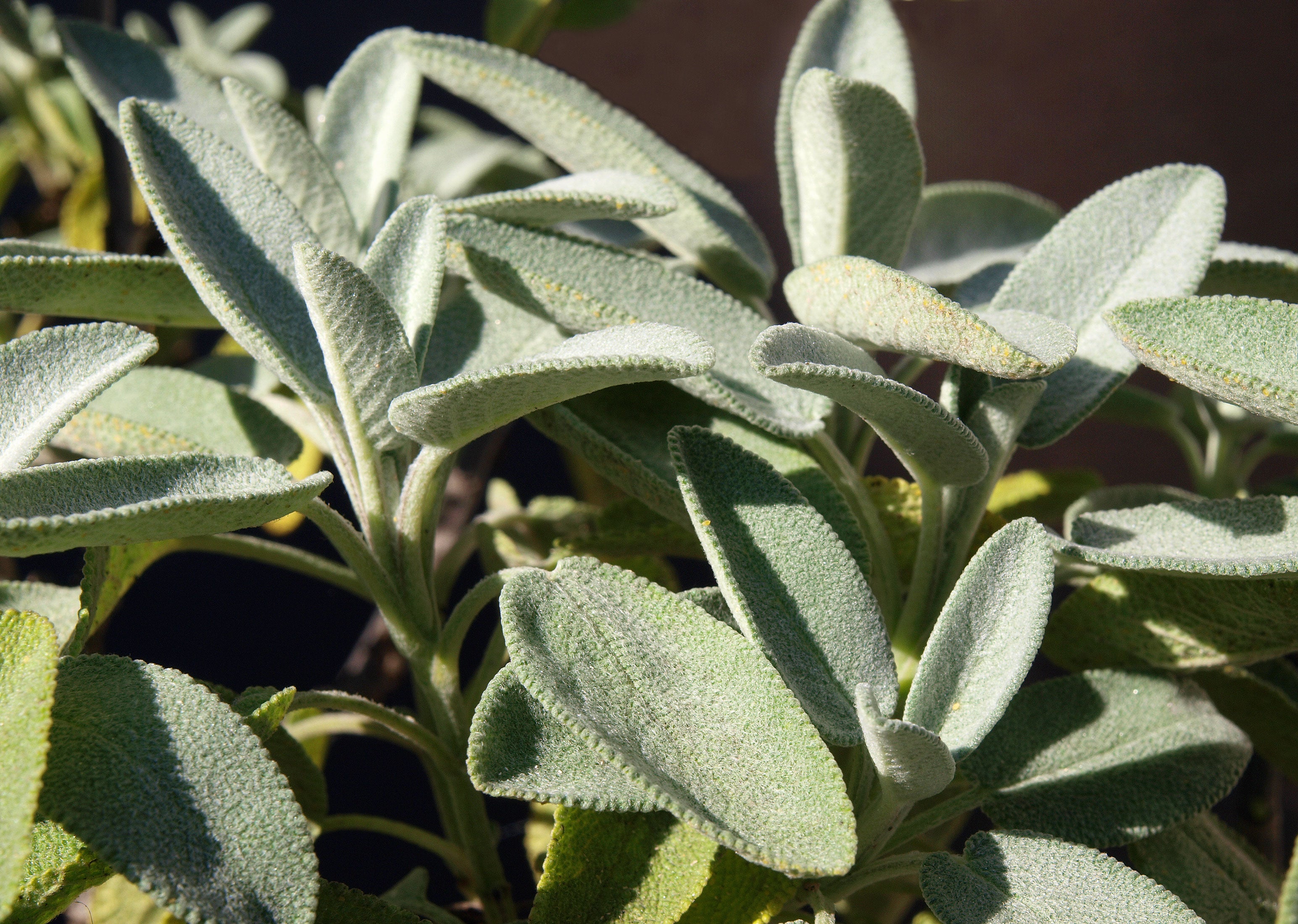

Sage - The plant of wisdom and healing
Sage(Salvia officinalis) has been one of mankind's most important medicinal plants for centuries. Its name is derived from the Latin word salvare , which means "to heal" or "to save" - a reference to its long tradition as a protective and medicinal plant. In ancient times, sage was considered a sacred herb that was used not only to strengthen the body, but also for mental clarity and longevity.
Sage is known for its anti-inflammatory, antibacterial and antioxidant properties. It contains a variety of valuable secondary plant substances, including essential oils, tannins and flavonoids, which make it an effective natural remedy . In traditional medicine in particular, sage is used to relieve inflammation in the mouth and throat, to aid digestion and to regulate perspiration .
The versatile medicinal plant for women
Sage(Salvia officinalis) is one of the most valuable medicinal herbs for body and mind. It has been valued since ancient times for its hormone-regulating, anti-inflammatory and calming properties. Women in particular benefit from its versatile effects - be it for cycle regulation, support during the menopause or to alleviate PMS. However, sage is also a proven natural companion for digestive problems, infections or excessive sweating.
Sage for the female hormone balance
A well-functioning hormone balance is essential for well-being. Many women suffer from irregular cycles, PMS or menopausal symptoms. Sage can help to gently support the oestrogen balance. Especially during the menopause, when oestrogen levels fall, sage has a balancing effect. It can help to alleviate hot flushes, mood swings and sleep problems - completely naturally and without synthetic hormones.
Gentle relief for PMS & menstrual cramps
Many women are familiar with the typical symptoms before and during their period: Abdominal cramps, water retention, irritability and sensitive breasts. Sage has an antispasmodic and anti-inflammatory effect and relieves the body by eliminating excess fluid. It also has a calming effect on the nervous system and can help to balance mood swings.
Sage during the menopause - natural support
The menopause is a time of hormonal changes. Many women experience hot flushes, night sweats, inner restlessness or sleep disorders. Sage is one of the best-known medicinal plants for alleviating these symptoms, as it can naturally regulate sweating. Especially as a tea or in capsule form, it can help to gently support the body and increase well-being.

The history and use of sage
For thousands of years, sage has been used in various cultures not only as a remedy, but also in ritual ceremonies and spiritual practices.
Sage in ancient times - medicinal plant of the gods
Sage was already revered as a sacred plant in ancient Egypt. It was believed to strengthen vitality and promote fertility. Egyptian healers used it to heal wounds, fight infections and cleanse the body. Sage also had a firm place in medicine in ancient Greece and Rome. The physician Hippocrates praised its healing properties and recommended it to strengthen the immune system, while the Roman scholar Pliny the Elder described sage as a remedy for fever, digestive problems and inflammation.
Middle Ages - protective herb and elixir of life
In the Middle Ages, sage was valued not only as a medicinal plant, but also as a protective herb. Monastic medicine, particularly through the writings of Hildegard von Bingen, recognized its versatile effects. It was regarded as a remedy for respiratory diseases, gastrointestinal complaints and inflammation of the gums. Sage was also used to strengthen the mind and promote concentration.
It also played a major role in folk medicine and magic. It was believed to have the ability to ward off evil spirits and provide protection against illness. In many households, dried sage was hung over doors or used as incense to keep negative energies away.
Ritual use of sage
Sage still has a strong symbolic meaning in spiritual and shamanic rituals. Incense burning with white sage(Salvia apiana), which comes from the tradition of indigenous peoples in North America, is particularly well known. Sage was burned in cleansing rituals to rid rooms, people or objects of negative energies. This ritual, known as "smudging", is still practised by many people today for energetic cleansing.
Sage was also traditionally smoked in Europe to ward off illnesses and evil spirits. It played a central role in ancient solstice rituals and healing ceremonies. Its purifying effect was used to prepare healing spaces, gain spiritual clarity or strengthen protective spells.
Sage in modern times
Today, sage continues to be valued both in naturopathy and in spiritual practices. In addition to its use as a medicinal herb to strengthen the immune system, treat inflammation or aid digestion, it is also used in aromatherapy and meditative rituals. Incense burning with sage is still practiced in many cultures to create inner balance, reduce stress and cleanse rooms energetically.
Its long history as a medicinal herb, protective plant and spiritual tool shows that sage is far more than a simple culinary herb. It combines ancient knowledge with modern application and remains one of the most powerful and versatile plants available to mankind.
Products that contain sage








